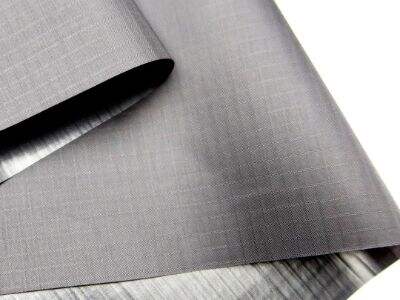Nylon 6 and Nylon 66 are two types of materials that are used by people in different industries for many purposes. Despite the close-sounding names, there are important differences between the two that make each type best suited for certain jobs. This article outlines the differences and highlights where each type of nylon is best utilized in various applications.
What is Nylon 6 and Nylon 66 Difference:
Nylon 6 provides higher tensile strength but lower impact resistance compared to Nylon 66. It could also resist heat, which comes in handy for many applications. Nylon 6 and Nylon 66 are produced differently, and that leads to different properties. Nylon 6 is made from a single chemical, caprolactam. It means it is has more straightforward structure. Unlike Nylon 66, which is produced from two separate chemicals: hexamethylene diamine and adipic acid. The type of chemicals used leads to the unique properties of each type of nylon.
How strong is nylon 6 compared to nylon 66?
Nylon 66 has high tensile strength as compared to nylon 6 and about 30% stiff as compared to nylon 6. This allows Nylon 66 to better retain its composition at higher temperatures than Nylon 6. This strength is why Nylon 66 is used in high-stress applications. It has a higher melting point, which means it can maintain strength at high temperatures.
In contrast, Nylon 6 is tough and has a high bending strength. Nylon 66 is less flexible, allowing it to stretch less easily. This makes Nylon 6 a good fit for manufacturing impact-absorbent parts like vehicle components or sports equipment.
Conditions on Nylon 6 and Nylon 66: Operations
Nylon 6 and Nylon 66 also have different properties when it comes to environmental exposures. Nylon 6 absorbs moisture, for instance, which alters its strength and impacts its shape. If the product gets wet it may affect its functionality. However, Nylon 66 is less moisture absorbent. So in humid conditions, it retains its strength and does not change as much.
Other important information is when it comes to how resistant both nylon types are to chemicals. Compared to nylon 6, Nylon 66 resists harsh chemicals such as oils, solvents, and fuels. That is why Nylon 66 has the upper hand when it comes to applications where it might be exposed to such harsher chemicals, like in automotive or industrial applications.
Ideal Applications For Nylon 6 Versus Nylon 66:
So how do you decide whether to choose Nylon 6 or Nylon 66? PVC fabric is a great choice if you need something strong, stiff, and high temperature resistant. This makes it ideal for applications where high strength and rigidity are critical, such as parts for cars or heavy machinery.
On the other hand, if you need something more durable but flexible, then Nylon 6 is the one to choose. It is often used for clothing, packaging materials and other consumer products. It is strong, but flexible, which makes it good for products that need a long life and should withstand impacts.
Which Nylon is Cheaper:
Then, on the cost side, Nylon 6 is usually cheaper than Nylon 66. That is due to the fact that the production of Nylon 6 is simpler, and the manufacturing process is much easier. Nonetheless, when you're choosing between the two don't forget that it should be much more than a question of price. It is important to keep in mind the specific requirements of your project while selecting which type of nylon is most suitable.
So, both TPU composite fabric are useful materials with their own special benefits. Understanding the distinctions between the two can help you determine the best option for your project. If you contribute to modern textile production, automotive manufacturing, or industrial applications, you might benefit from recognizing that Xianglong Polymer Fabric offers diverse nylon materials for different needs of its customers. With knowledge of the mechanical properties, performance in various environments, and the price of Nylon 6 and Nylon 66, individuals are able to make intelligent choices about which material will work best for their particular projects.

 EN
EN
 AR
AR
 BG
BG
 HR
HR
 CS
CS
 DA
DA
 NL
NL
 FI
FI
 FR
FR
 DE
DE
 EL
EL
 HI
HI
 IT
IT
 JA
JA
 KO
KO
 NO
NO
 PL
PL
 PT
PT
 RO
RO
 RU
RU
 ES
ES
 SV
SV
 CA
CA
 TL
TL
 IW
IW
 ID
ID
 LV
LV
 LT
LT
 SR
SR
 SK
SK
 SL
SL
 UK
UK
 VI
VI
 TH
TH
 TR
TR
 FA
FA
 GA
GA
 BE
BE
 BN
BN




